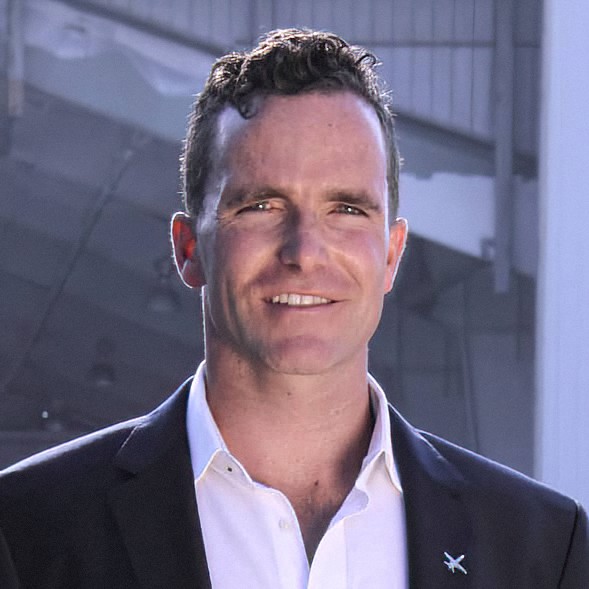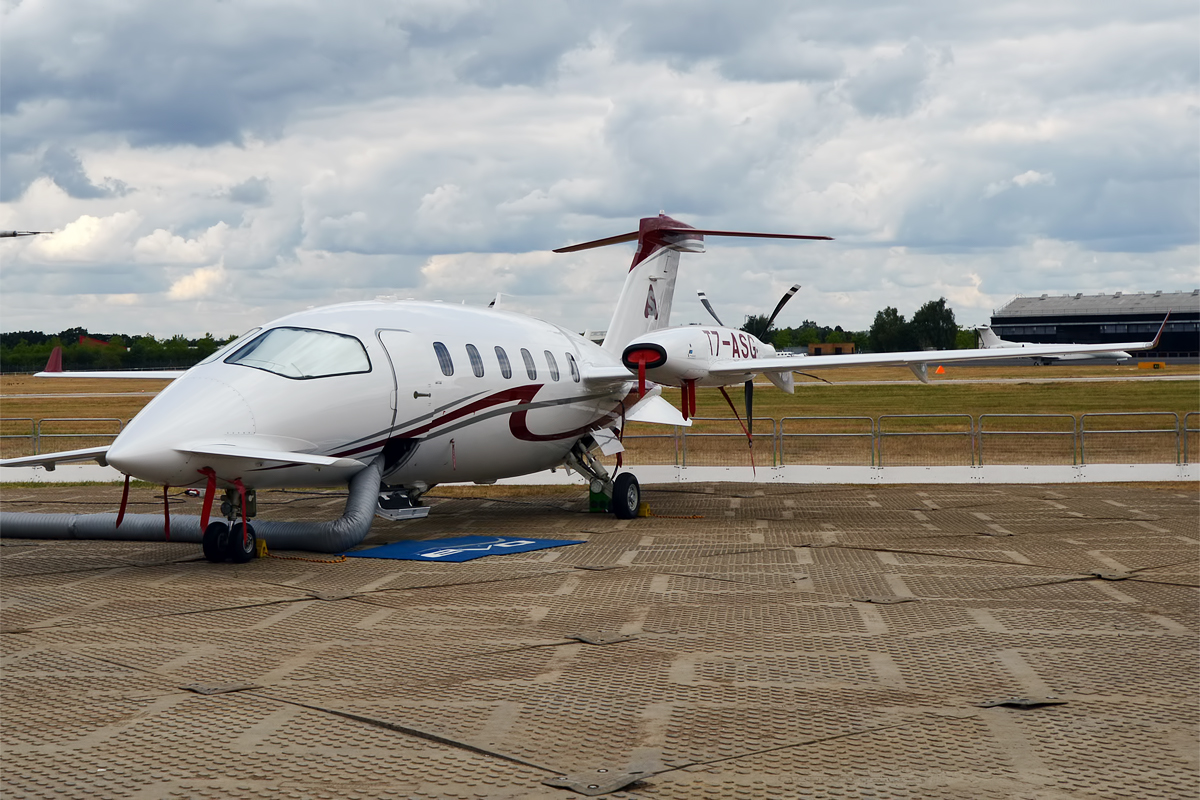At times, you may have to loan your aircraft to another pilot for one reason or another. If there are damages or, worse, hull loss during the lease period, your pilot warranty in your insurance policy will determine if, or if not, your insurer will cover the claim, which is why it’s crucial to read and understand your pilot warranty. But what is a pilot warranty, and how does it work?
What is a Pilot Warranty?
A pilot warranty is a clause in an aircraft insurance policy that extends coverage when the owner permits other qualified pilots to operate the aircraft.
The pilot warranty usually lists or describes pilots permitted to operate an aircraft for the policy to remain effective. In other words, it states the requirements other pilots must meet to be covered by the insurance policy when they operate the aircraft. The policy cannot cover any pilot that doesn’t meet the requirements of the clause.
How to Read and Understand Your Insurance Policy’s Pilot Warranty
The pilot warranty falls under the approved pilot section of your aviation insurance policy. Typically, there is the named pilots subsection, where you write the names of the pilots you want your insurance policy to cover. These pilots may include a part-owner, regular users, or your flight instructor.
Your policy may only include the named pilot subsection. However, some policies also provide an open pilot warranty subsection that describes the minimum requirement for other pilots besides those on the named pilot list.
You should consult your insurance provider to know if your premium will increase if you name a less experienced pilot under your policy.
Also, make sure you properly read the stated requirements under the open pilot warranty section to avoid “no-coverage” situations.
Parts of the Pilot Warranty
Your pilot warranty may contain two parts:
- Named pilot
- Open pilot warranty
Named Pilots
To extend your coverage to include other pilots, you can add them to the list of named pilots, which is the first part under the pilot warranty. For instance, if your pilot friend operates the aircraft six times a year for a bi-monthly trip, you should list that friend under the named pilot subsection so your insurance premium can cover a claim in case the aircraft suffers damage or loss while your friend operates it.
Usually, your insurer will review the prospective named pilot’s qualifications and flight history before they can be listed. Sometimes, there may be an extra premium, depending on the pilot’s experience level.
Open Pilot Warranty
Not all insurance policies contain this subsection, and you may not see the exact words “open pilot warranty.” You can quickly identify this subsection as describing the minimum requirement to fly the aircraft. The open pilot warranty clause enables pilots not listed on the named pilot section to fly the plane occasionally and still receive coverage.
However, for your insurance policy to cover a pilot, they must strictly meet the requirements in the clause. Below is an example of an open warranty clause for a Diamond DA40 aircraft:
Any private pilot or better with an IFR/MEL rating that has logged at least 500 total hours as Pilot in Command, at least 100 hours turbine time, and at least 25 hours in the make and model.
So, if you lease your DA40 to a private pilot with 600 total hours as PIC, with 100 hours turbine time, but no flight time in the make and model, there is no coverage. Although the pilot meets all requirements except one, if your DA40 has a runway overrun, leading to damages while the said pilot is in control, your insurance policy cannot cover the claim.
Therefore, if a regular aircraft user or a part-owner doesn’t meet the requirements, it is best to name them on the policy. As expected, this may attract an additional premium.
However, sometimes you can get a one-time flight approved by your insurer when a pilot misses the required make and model by a few hours by providing their pilot history. This may or may not cause a slight change in your premium.
Note: You shouldn’t add too many pilots to the named list as this may seem like more risk for insurers. If you do, the insurer may pass on the policy or add surcharges.
What is the Best Step to Take as a Non-Owner Pilot?
You shouldn’t rely on the aircraft owner’s insurance coverage as a non-owner pilot. This is especially true if you are not a named pilot, the owner’s policy doesn’t have an open pilot warranty, or you don’t meet the requirement.
In these cases, your best option is to obtain renter’s insurance, also known as non-owned aircraft insurance. It usually covers some or all of the following:
- Bodily injury liability
- Property damage liability
- Hull coverage (aircraft damage liability)
A renter’s insurance policy will protect you in the event of an accident, damage, or hull loss, preventing unnecessary losses.
For flight instructors teaching in a non-owned aircraft, whether teaching the owner or another student, obtaining a Certified Flight Instructor (CFI) non-owned insurance policy is advisable. It covers you from liabilities during the following:
- Completed flight instruction services
- Dual instruction
- Flight reviews
- Check rides
A Clear Understanding of Your Pilot Warranty Keeps Your Aircraft and Its Operators Safe
Navigating the intricacies of aircraft insurance, particularly regarding pilot warranties, requires a clear understanding and conscious decisions. Remember, the pilot warranty section of your insurance policy determines the eligibility for coverage of other pilots. Being familiar with the named pilots and open pilot warranty subsections will guide your decisions on who can operate your aircraft under insurance coverage. However, it’s advisable to list only a few pilots under your policy, and non-owner pilots should consider obtaining renter’s insurance or a CFI non-owned insurance policy.
Regardless of your situation, communication with your insurance provider is essential to clarify details, negotiate terms, and potentially alter premiums. With the proper knowledge and actions, you can confidently share your aircraft while ensuring you and your plane are adequately protected.

Benjamin Peterson
Graduated from the University of North Dakota with a degree in Commercial Aviation as a Pilot and Flight Instructor. My first professional job was working for Cirrus Aircraft as an instructor.
